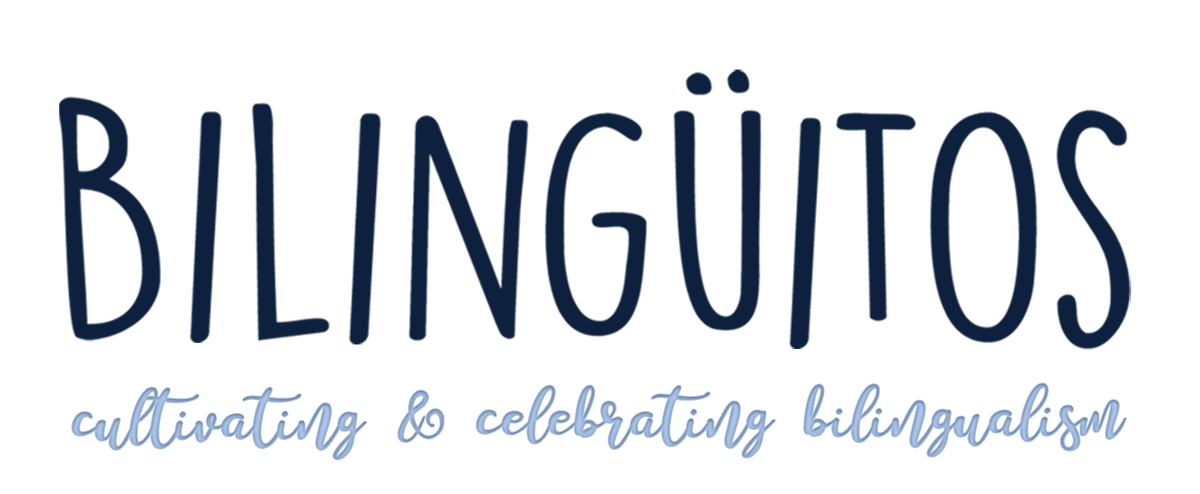
Show Notes for Episode 007 – Outside Resource Families
This post serves as the show notes for the Bilingual Parenting Podcast; this episode is is the fifth and final in a series of Bilingual Parenting Strategy episodes. Here we talking all about Outside Resource Families. Wondering if your family implements or should implement this strategy? Tune in to this episode where we break it down like this: describe the strategy, talk about the benefits of it, mention some potential obstacles it might bring with suggestions on how to combat them, and finally talk about ways to slightly modify the strategy.
Before tuning in, it would be great to take a look at previous posts (or a listen to the previous episodes) on One Parent One Language, Minority Language at Home, Time & Place, and Mixed Language Families. These four episodes describe Family Language Policy in more depth and are good precursors to this episode on Outside Resource Families.

Highlights from this episode…
First we define what constitutes a Outside Resource Family:
Strategy employed by families who depend on the help of resources outside the home/family in order to provide their children with second language input. It comes about when you have a family in which neither parent speaks the target language either at all, or at least not with enough confidence to commit to being a consistent source of input for their kids..
Host Kaila Diaz then briefly goes into her own bilingualism journey. Take a listen to the episode to hear how she describes the process and her bilingual childhood in an Outside Resource Family.
Later in the episode, we reference the term ‘elite bilingualism’ and discuss what exactly that term entails.
A few articles that would serve as ‘further reading’ on this topic can be found here:
A. Fishman, J. (1976). Bilingual education: An international sociological perspective.
C. Mitchell, C. (2019) The truth about bilingualism: It’s only for some students.
And as promised, the meme about Princess Charlotte: Find it here.
Then, we discuss some of the benefits of this strategy, like…
(1) Makes bilingualism possible for any family, even if the parents don’t speak the target language.
(2) Target language is often associated with elements of FUN.
(3) It pushes the parents to be in the loop about amazing resources that they might not know about if they didn’t have to go out of their way for them.
From there, we discuss several potential obstacles that could arise with this strategy, including:
(1) Cost
(2) Lack of communicative need
(3) Input imbalance
(4) Question of longevity
(5) Toll it takes on parents
In the episode, we give detailed examples of what these obstacles could look like, and then also talk about how to combat these obstacles.
Finally, before concluding, we share an anecdote of the “C family” — one of our Bilingüiitos families that provides a stellar example of the motivation and dedication it takes to pursue this strategy well.

TIME is your best friend. Time invested will always outweigh money invested. Time, time, time. So start now, and commit to the long run. Choose what will be doable for your family and go from there, and then adjust as necessary in different seasons.
– The Bilingual Parenting Podcast

Takeaways
We then conclude the episode and share the encouraging news that while this strategy is often associated with a price tag (paying a good amount for resources), it doesn’t have to be. We remind parents that time > money.
TIME is your best friend. Time invested will always outweigh money invested. Time, time, time. So start now, and commit to the long run. Choose what will be doable for your family and go from there, and then adjust as necessary in different seasons.
Finall, here are some action steps from this episode:
1) Think about your family’s language context. Does Outside Resources strategy seem like the best fit for your family? Or even if you’re implementing another strategy, did this episode give you any ideas on how to include more outside resources in your bilingual parenting to help increase exposure? Think about resources you have available to you and how you could begin to implement them.
2) Brainstorm ways to create a communicative need in this language for your kids. What’s going to be their ‘why’ for this language? How can you simulate scenarios where they have to flex their linguistic muscles in the target language?
3) Finally, we’d encourage you to create and keep a running list of resources you’re using or planning to use. It will help you stay organized and visually see in front of you all of the different angles you’re using to get the language exposure out there for your kids. You can do this in a Google Doc or in a spreadsheet, or even in the notes on your phone. But it will be helpful to have as something to come back to if you find yourself running out of ideas in the future. Especially if you come across a resource that looks awesome but you’re not quite ready to invest in it or it’s too advanced for your kids at the moment. Make a note of it and the circle back to it when it’s time.
That’s it for today! If these highlights & takeaways are of interest to you, we hope that you will tune in and listen to the full episode! Then join our Bilingual Parenting Network and let us know what you think!

These are the show notes for Episode #007 of the Bilingual Parenting Podcast, “Outside Resource Families.” Subscribe to our podcast here or check out our homepage for the Podcast.
Also connect with us on Instagram!!
And finally, check out what online Spanish immersion classes we’re offering for the current or upcoming session at www.bilinguitos.com/registration.

